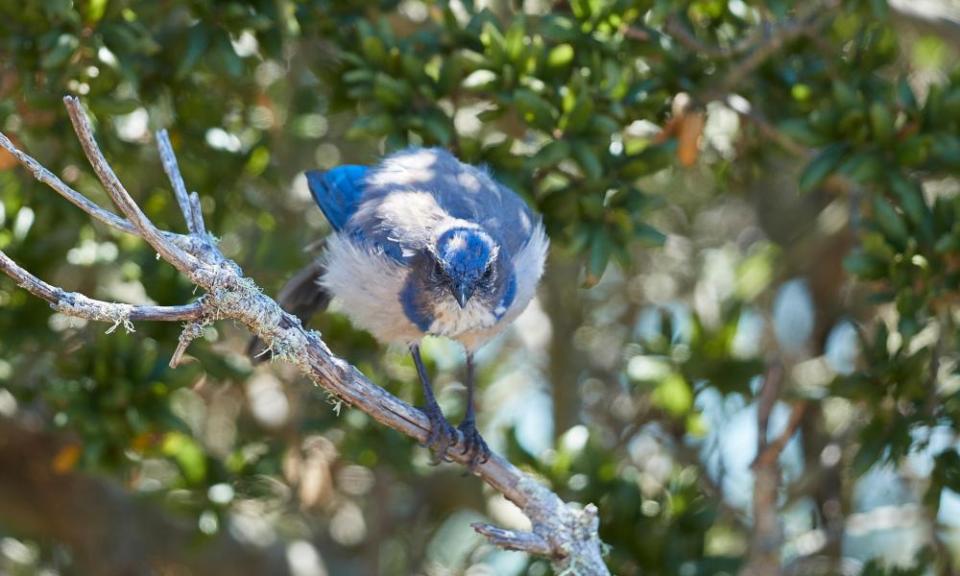Noisy environments can have detrimental effect on plants, study finds

As humans proliferate, we have penetrated deeper into wildlife habitats, creating a pervasive rise in environmental sound with our gadgets, traffic and industry. A growing body of research has shown how noise pollution adversely affects animal behaviour – but a study suggests the detrimental effects have trickled down to plants as well.
To investigate the long-term ecological effects of persistent noise, researchers chose the Rattlesnake Canyon habitat management area in New Mexico. Dominated by woodland plants, the area in the US south-west contains a high density of natural gas wells, some of which are coupled with compressors that run continuously and generate chronic noise at up to 100 decibels. That is as loud “as being next to the speakers at a Black Sabbath concert or standing right next to the train tracks as the train goes by”, said Dr Jenny Phillips, who was lead author of the study while at California Polytechnic State University at San Luis Obispo. Other wells are devoid of compressors.
Watch: A brief introduction to gardening, helping you grow your own fruit and veg from scratch
The vegetation and human activity across both types of wells are similar – so in 2007 one set of researchers compared vegetation in both contexts, finding that noise pollution disrupted the natural community in two ways: seedling dissemination and germination (known as recruitment) of the woodland species – pinyon pine – was reduced as the community of animals that feed upon and disperse the plant’s seeds were adversely affected. Hummingbirds, meanwhile, thrived amid the noise, which led to increased flower pollination.
Twelve years on, researchers sought to assess the long-term ecological impact of this noisy ecosystem. They resurveyed the plots following initial data collection to determine whether the previously reported patterns for pinyon seedlings persisted, but also included analyses of another tree species, the Utah juniper, as well as other flora. However, out of those 115 plots initially surveyed, some had changed from noisy to quiet because compressors had been removed, and vice versa.
In terms of the pinyon – the researchers found seedlings were found less in noisy areas (in line with the 2007 findings) and the saplings (plants between two and 12 years old) had also grown more slowly in the persistently loud environment. The same pattern was observed in the juniper plants.
However, when looking at plots that were previously noisy but turned quiet, they saw more recruitment for juniper than for pinyon, according to the study published in the journal Proceedings of the Royal Society B.
This disparate rate of recovery could be attributed to the different seed dispersers for each plant, said Phillips.
The California scrub jay eats the seeds of the pinyon, but they also bury them to save for later. Then they forget about the seeds and that is what keeps the forest regenerating.
Related: Mammal Photographer of the Year award 2021 – in pictures
“What we think is potentially happening … is that jays are smart birds, they have episodic memory and they can remember negative experiences. So if they did explore an area a couple of years ago and if it’s noisy, then they would remember that and not go back to that area,” she said.
Juniper seedlings were more often dispersed by mammals and other birds for which the noise was not quite as disruptive, she added.
“We don’t really have the ability to say how severe the impacts [of noise pollution] are, especially if we’re looking at the ecosystem level,” said Sarah Termondt, who was a study co-author while at Texas A&M University.
“If you’re changing the ability for a seed to grow in some place because a bird is no longer dropping said seed there, that could change the habitat for a whole plethora of species.”
Watch: Top gardening tips for beginners wanting to get into the garden and start growing their own fruit and veg

 Yahoo Finance
Yahoo Finance 